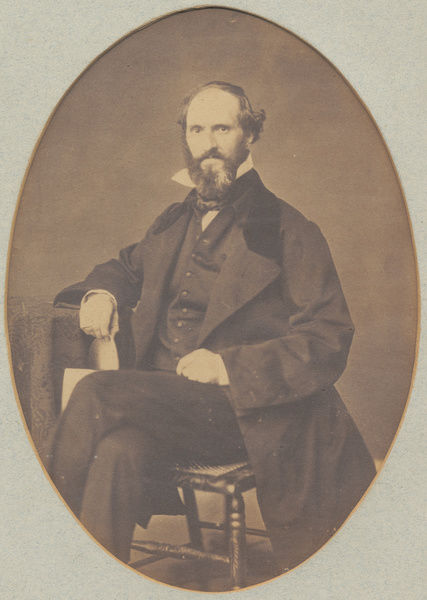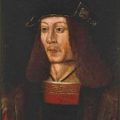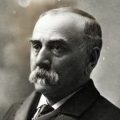Richard Spruce
The Underdogs of the Plant World
Today is the birthday of the amateur English botanist who was obsessed with tiny and seemingly unexciting plants like mosses and liverworts, Richard Spruce, who was born on this day in 1817.
After attracting the attention of Sir Joseph Hooker and George Bentham, of Kew Gardens, Spruce left England to botanize in South America at their bidding. South America was a treasure trove, and Spruce discovered thousands of plants. One of the plants found by Richard Spruce was the Colombian coca plants. To illustrate the impact of Spruce's work; After he shipped the cocoa seed to Kew Gardens, they were dispersed around the world - ending up in far-off places like Java and Taiwan.
Richard Spruce appreciated the beauty of the Amazon. He learned to speak 21 languages of the Amazon peoples. He reveled in the "gay flowers, butterflies, and birds," but what ultimately captured his heart was the small plants that cushioned the forest floor and blanketed the trees: complex formations of mosses and liverworts. He called them the "underdogs of the plant world."
During his time in the Amazon, Spruce suffered from serious health challenges - one after another - and, incredibly, he survived them all. It's supremely ironic that a man so afflicted ultimately saved millions with his collecting efforts. In particular, Spruce smuggled 100,000 seeds and 600 quinine-yielding plants to India to provide the remedy for malaria. Spruce was successful, and people were saved, but Spruce found himself paralyzed from the waist down and bankrupt after his bank folded with all of his savings. The price for spending 15 years botanizing in South America was exacted on the health of Richard Spruce. He returned to England physically broken, penniless, and unheralded. Today posterity reveals that Richard Spruce was an unsung hero of botany during the Victorian age.
Richard Spruce lived out the remainder of his days, 27 years' worth, in a house located in the village of Coneysthorpe on the Castle Howard Estate in Yorkshire. For the last three decades of his life, Spruce spent his waking working hours mostly lying down - his useless legs had brought his exploring days to an end after Spruce died shortly after Christmas in 1893 at the age of 76.
After Spruce died, some of his peers installed a commemorative plaque to the side of his home. It reads, "Distinguished Botanist, fearless explorer, humble man."
Today Spruce's herbarium and collections are held at Kew. Richard Spruce has over 200 species named in his honor.
And, Spruce's letters and notes are quite incredible if you get the chance to see them - Spruce had beautiful and very legible handwriting.
It was Richard Spruce who said,
"I like to look on plants as sentient beings ... which beautify the earth during life, and after death may adorn my herbarium."
This post was featured onThe Daily Gardener podcast:
helping gardeners find their roots,
one story at a time






